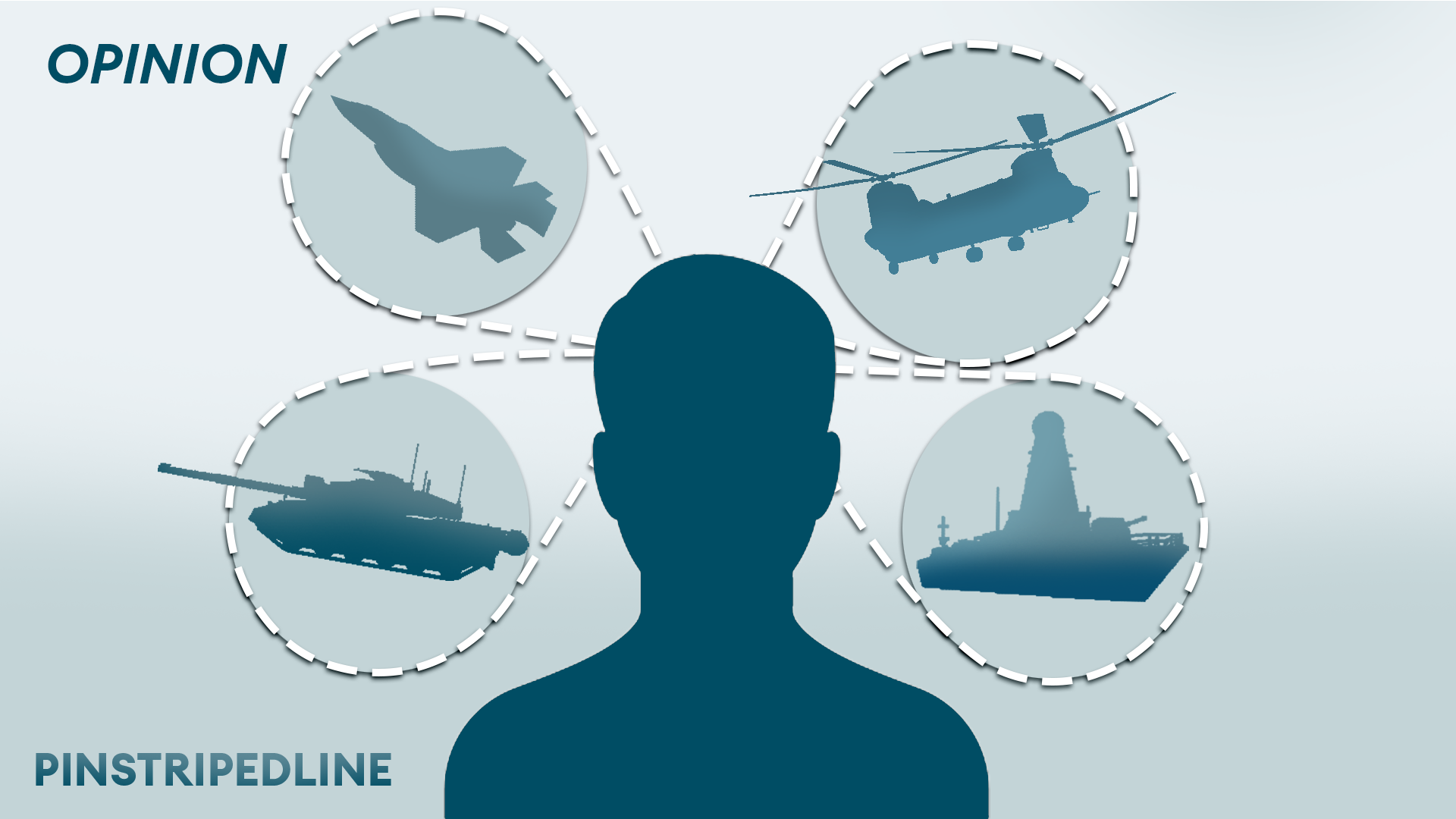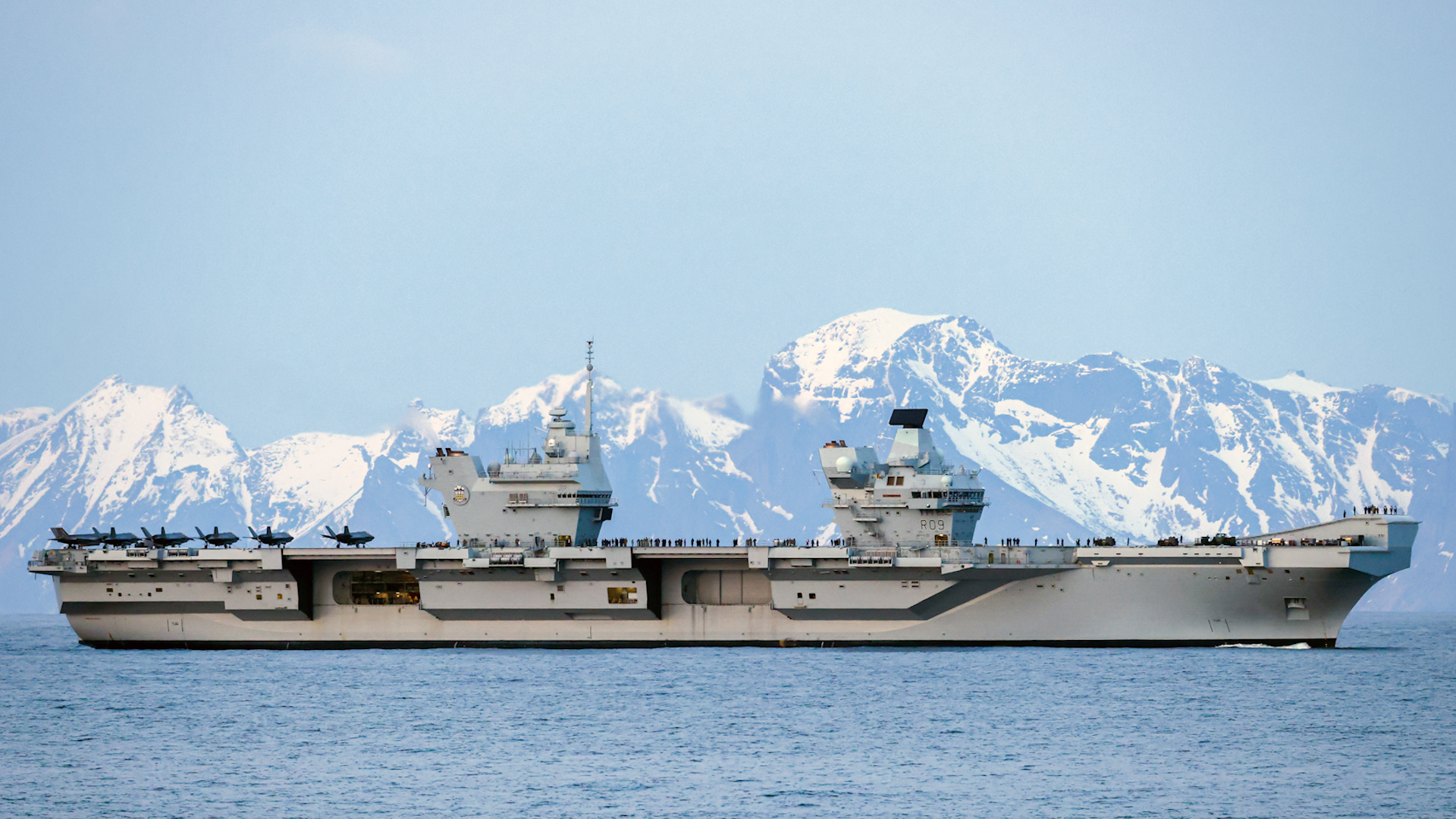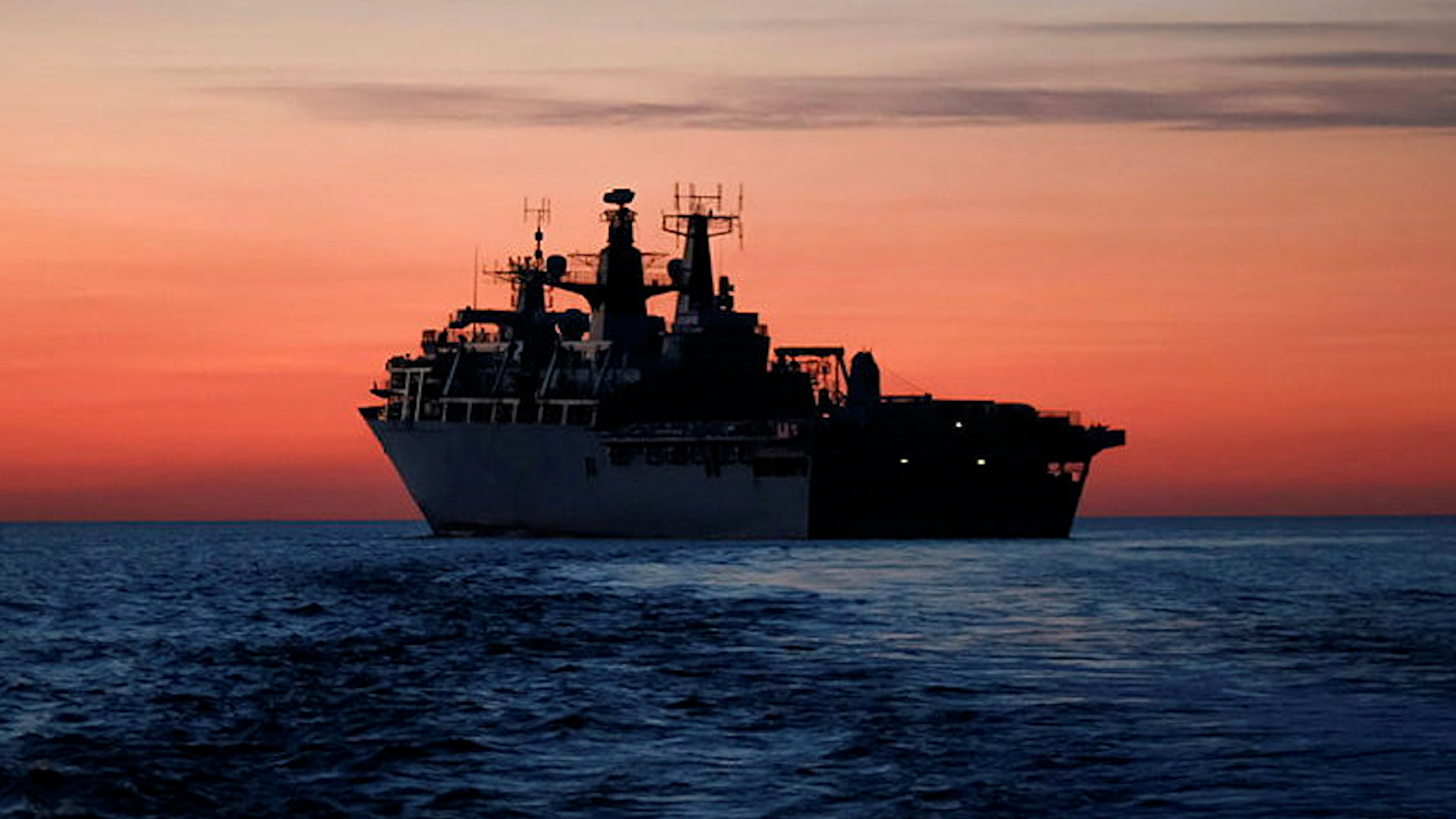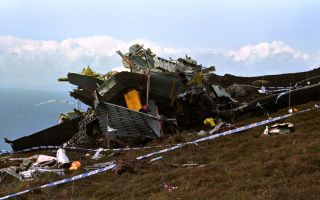
2025 will likely pose many threats and defence must decide what is its main priority

As 2025 arrives, the world feels poised for significant change.
All manner of challenges lie ahead, and defence planners will need to be ready to meet them. Across the globe there are significant security issues, which have the potential to cause disruption, and into which the UK may find itself engaged.
In a world where stability seems in vanishingly short supply, what are the most likely security challenges ahead facing the UK?
- Perfect storm brewing for defence – and SDR must bolster UK's 'fight tonight' ability
- Albion and Bulwark will leave a painful capability gap but it's not death knell for Royal Marines
- Joint Expeditionary Force is a British defence success, but UK credibility is under threat
Ukraine support and potential ceasefire
The highest security priority is likely to be ongoing support to Ukraine, ensuring that the UK continues to play a leading role in encouraging political support as well as munitions and equipment to enable the Ukrainians to continue to hold off the Russians.
2025 will prove a decisive year, with elections across Europe and Nato potentially leading to new governments less keen on holding firm in their support for Ukraine.
The UK will need to marshal political support and prevent cracks from emerging that Russia could exploit.
From a logistical perspective there is relatively little surplus equipment left in the British arsenal to be gifted to Ukraine, so there will be a need to ensure industry delivers the new weapons, munitions and equipment needed, while ensuring that the UK defence industry can scale up to deliver both for Ukraine and wider UK needs too.
There is likely to be growing pressure for some form of ceasefire agreement to try to bring the war to a pause.
The Russians are running short of equipment and manpower, with a combination of attrition and economic sanctions causing difficulties in the economy and resupplying the frontline.
While there are still stocks of legacy Soviet equipment to draw on, this is far easier to destroy.
Russia lacks the ability to decisively break through and collapse the Kyiv government, while Ukraine lacks the ability to recapture the eastern provinces and Crimea.
It seems likely that diplomatic effort will focus on trying to create the conditions for a ceasefire, although the chances of a proper peace treaty seem unlikely while Putin remains in power.
Even if a measure of stability returns to Ukraine, Nato will remain incredibly wary of Putin and his strategic intent.
If Russia can pause, rebuild its armed forces and pose a renewed threat, it may seek to threaten the Baltic states directly, calculating that by the time Nato has reacted, the Russian army may have already taken over.
This would be a grave miscalculation, given the presence of so many Nato armies in the Baltic but speaks to the ego of a strategically isolated Russian leader desperate to secure his imagined 'legacy'.
The challenge for Nato is to ensure that it can pose a sufficiently credible deterrent to Russia to prevent this from happening.
Trump and Nato
This need to ensure credibility will be put to the test following the return of Donald Trump as President of the United States.
It is highly likely that he will demand that Nato member states significantly increase defence spending in return for ongoing US commitments to the alliance.
At present most members spend around 2-2.5% of their GDP on defence, compared to the US at 3.4%.
There is likely to be significant pressure placed on European Nato by Trump to spend more, but this is easier said than done in the short term.
Increasing budgets only works if you have the means to spend the money, the industrial capacity to deliver new equipment, and the people to operate it. This can take years to deliver, a timeline that may not satisfy the President's demands.
2025 is likely to see significant political effort across Nato to find ways to raise defence spending and demonstrate to Washington that Europe takes its defence obligations seriously.
Growing instability
The wider world is likely to remain politically unstable, leading to unexpected crises in far-off locations that impact us here in the UK.
The growing instability across Africa and the Middle East will continue to pose security challenges. The rise of Russian-backed regimes in Africa will reduce Western, particularly French, influence, while in turn, Russia may struggle to support their client states due to the collapse of the Syrian regime.
This vital link was a key location for refuelling aircraft on their way to Africa, and its loss will make Russian influence harder to sustain in the region.
2025 is likely to be characterised by efforts across both the West and Russia to maintain their access, and influence, into these states.
More widely there is likely to be continued instability across the Middle East and into the Indo-Pacific region ranging from tensions between Iran and its neighbours, to the challenge of managing the significant increase in Chinese military capability.
There will be a range of unexpected crises and events that will call for both diplomatic and military solutions, often in the least expected of locations.
Balancing demands and deciding priorities
For the UK the challenge will be to balance off a range of conflicting demands and commitments.
2025 is, on paper, supposed to be about demonstrating the UK's ongoing defence commitment to the Indo-Pacific region through the deployment of a Carrier Strike Group, led by HMS Prince of Wales.
This will reaffirm British interest in the region and commitments to agreements like the Five Power Defence Arrangement.
But it comes at the price of deploying the sole available Royal Navy aircraft carrier and the bulk of the available surface escort fleet for most of the year well outside of the Nato region.
If a crisis occurs within Nato, then there will be far fewer vessels able to respond than normal as a result.
This highlights the real issue in UK defence planning - what is the main priority - is it Nato or is it a wider role throughout the world?

Answers to this question will likely come in the forthcoming Strategic Defence Review, which will attempt to set out the policy priorities for the Armed Forces in the coming years.
This will include trying to define the relative importance of Nato, for example sustaining the Army in Estonia and supporting the defence of the North Atlantic, through anti-submarine and maritime patrol aircraft, as well as investing in future capabilities.
The war in Ukraine has seen a diverse range of new military equipment such as drones enter service, much of which is more capable than what the UK currently has. The review may seek to bring this into service as a priority.
2025 will see the UK attempting to define its relative military position within Nato and beyond and work out where it needs to take a step back.
One of the big challenges facing it is that despite spending a lot more money on defence than many of its peer allies, there are constant struggles to balance the books and make the budget work.
Further cuts likely due to budget constraints
2024 saw announcements about the scrapping of warships, helicopters and drones and this is a trend that will continue.
It is likely that further deeply painful defence cuts will be announced, not because they are strategically necessary, but because there is not enough money in the budget to pay for everything the MOD wants to do.
The challenge the UK will face is trying to take a realistic view on what it can offer to Nato, and potentially significantly scaling back its offer – for example, potentially further cutting the British Army to free up the cash needed to buy the modern equipment needed to operate and survive in a conflict with a peer rival like Russia.
It may involve reducing the numbers of ships or aircraft to a level that can be supported with the people in service, given the ongoing retention crisis as people leave without replacement – the decision may be that it’s better to have fewer properly crewed ships than more ships on paper that cannot go to sea due to lack of crew for example.

This in turn will create a retention challenge as people potentially vote with their feet, leaving due to reduced career prospects or ever more pressure at work.
A key challenge for 2025 will be trying to retain personnel who may feel that further cuts imposed by the SDR makes their choice of a military career no longer viable.
It’s clear that by the end of 2025 there will have been significant cuts made to the Armed Forces, in both size and capability as part of efforts to free up money and people to focus on a smaller but more clearly defined threat.
The most likely outcome is that the UK will choose to focus the vast bulk of its military capability on Nato obligations and take a significant step back from its prior global commitments.
The Indo-Pacific tilt that characterised previous reviews will probably be abandoned in favour of a Nato-first approach to defence planning.
Whatever happens in 2025, the Armed Forces will remain ready to respond as required in a diverse range of domains.
The only certainty for predicting the year ahead is that every day of the year, there will be soldiers, sailors, airmen and civil servants on duty around the world, working on land, sea, air and electronically standing ready to deter aggression and defend the UK and our Nato allies against whatever threat comes our way.
@PinstripedLine is an esteemed defence and security blogger, providing expert insight and analysis.








